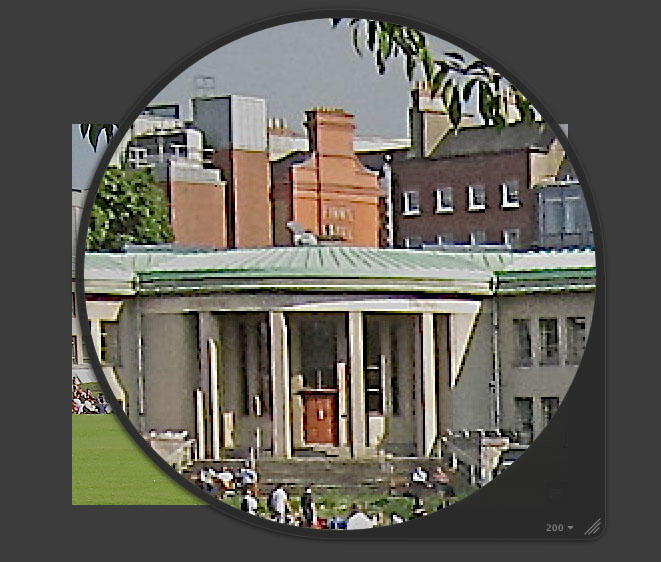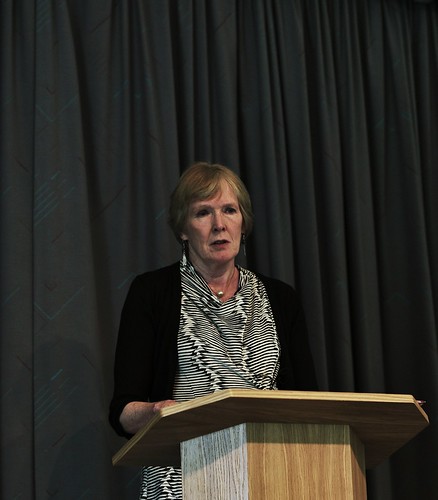My Comment piece about GCHQ’s cable-tapping.
What it comes down to, in the end, is: “Trust us.” And the trouble with that is that in recent decades our political elites have done precious little to deserve our trust. Now we’re being asked to suspend our disbelief as they eavesdrop on all of our online activities – to trust them, in a way, with the most intimate details of our social and private lives. And all on the basis of laws that they – or their security apparatuses – wrote in order to rationalise and legitimate their snooping.
What we’re witnessing is the metamorphosis of our democracies into national security states in which the prerogatives of security authorities trump every other consideration and in which critical or sceptical appraisal of them is ruled out of court.
In the UK, for example, we’ve watched GCHQ – the organisation that emerged from the huts of Bletchley Park, trailing clouds of Enigma glory – swell into a gigantic bureaucracy whose remit includes cyber-crime and cyber-espionage and, now, eavesdropping on its own citizens. In the world of organisational politics, there is a term for this: mission creep. And with it comes the kind of swaggering hubris implicit in the name chosen for the cable-tapping project: Mastering the Internet. Says it all, really.





